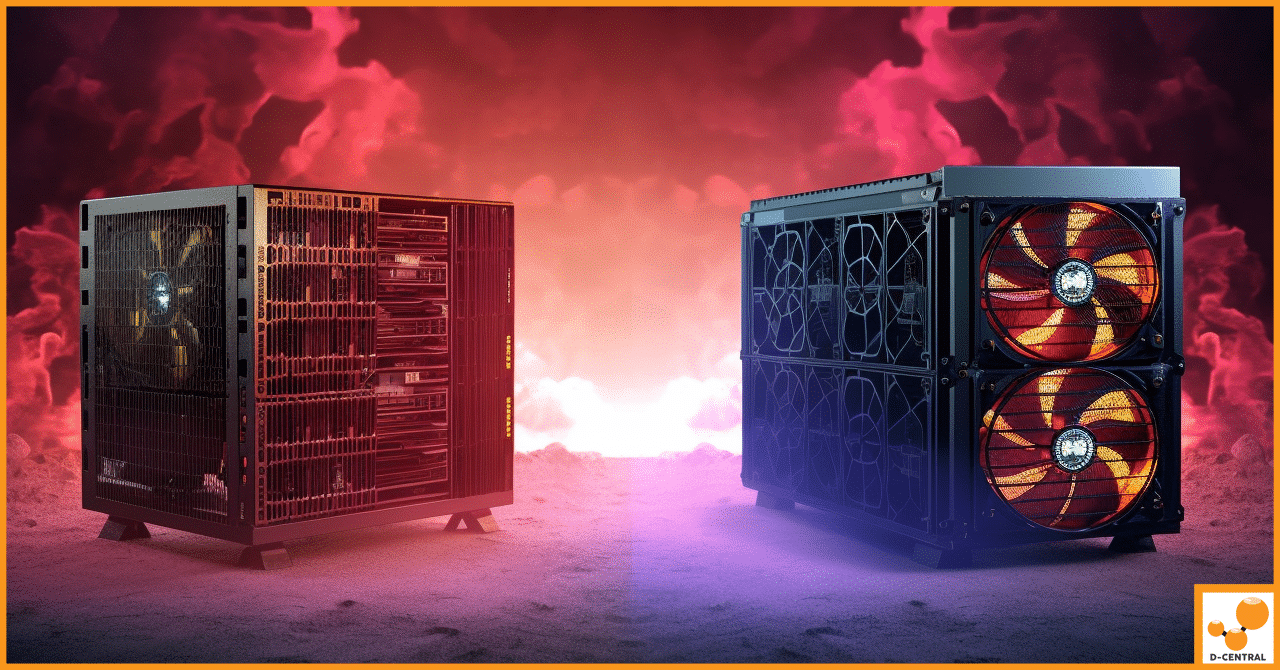
Dollar-Cost Averaging in Bitcoin: Minimizing Risk, Maximizing Potential
In the ever-evolving landscape of digital finance, Bitcoin has emerged as the frontrunner among cryptocurrencies, captivating investors with its unprecedented
4479 Desserte Nord Autoroute 440, Laval, QC H7P 6E2
The mempool, or memory pool, is an essential component of the Bitcoin network that helps manage and organize unconfirmed transactions. This glossary article provides a comprehensive and optimized understanding of the concept of the mempool, its function within the Bitcoin network, and the role of miners and nodes in processing transactions.
Mempool (Memory Pool) (n.): A smaller database within the Bitcoin network containing unconfirmed or pending transactions.
Blockchain: A decentralized, distributed ledger that records all transactions in a secure and verifiable manner.
Node: A computer or server participating in the Bitcoin network, responsible for validating and relaying transactions.
UTXO (Unspent Transaction Output): A representation of the remaining balance in a Bitcoin wallet, created after a transaction has been processed.
Miner: A participant in the Bitcoin network who uses computational power to validate and add new transactions to the blockchain, in exchange for block rewards and transaction fees.
Mining Fees: Fees paid by users to incentivize miners to include their transactions in a new block.
Check Template Verify: A tool that allows transactions to live in the mempool until specific predetermined criteria are met.
The mempool is a database within the Bitcoin network that holds unconfirmed or pending transactions. Each node on the network maintains a mempool, tracking and managing these unconfirmed transactions. When a user signs a transaction using private keys and broadcasts it to the network, the transaction is added to the mempool.
Transactions in the mempool are composed of UTXOs and await processing by miners. When a transaction is included in a block and confirmed, it is removed from the mempool.
Nodes in the Bitcoin network share mempool data by relaying signed transactions to one another. However, there is no single, unified mempool, and few nodes maintain the entire mempool database.
Miners select transactions from the mempool to include in new blocks, prioritizing those with the highest mining fees to optimize their earnings. Transactions can remain in the mempool for varying amounts of time before being picked up by miners. With tools like Check Template Verify, transactions can reside in the mempool until specific predetermined criteria are satisfied.
Understanding the concept of the mempool is crucial for comprehending the inner workings of the Bitcoin network and the organization of transactions. By familiarizing themselves with the key terms and concepts related to the mempool, readers can better appreciate the role of nodes and miners in managing and processing transactions within the Bitcoin ecosystem.
DISCLAIMER: D-Central Technologies and its associated content, including this blog, do not serve as financial advisors or official investment advisors. The insights and opinions shared here or by any guests featured in our content are provided purely for informational and educational purposes. Such communications should not be interpreted as financial, investment, legal, tax, or any form of specific advice. We are committed to advancing the knowledge and understanding of Bitcoin and its potential impact on society. However, we urge our community to proceed with caution and informed judgment in all related endeavors.
Related Posts

In the ever-evolving landscape of digital finance, Bitcoin has emerged as the frontrunner among cryptocurrencies, captivating investors with its unprecedented

The cryptocurrency revolution is transforming the global economy, and Quebec is at the forefront of this trend. With its abundant

As the cryptocurrency market continues to grow and evolve, so does the technology behind it. Mining machines, or miner machines,